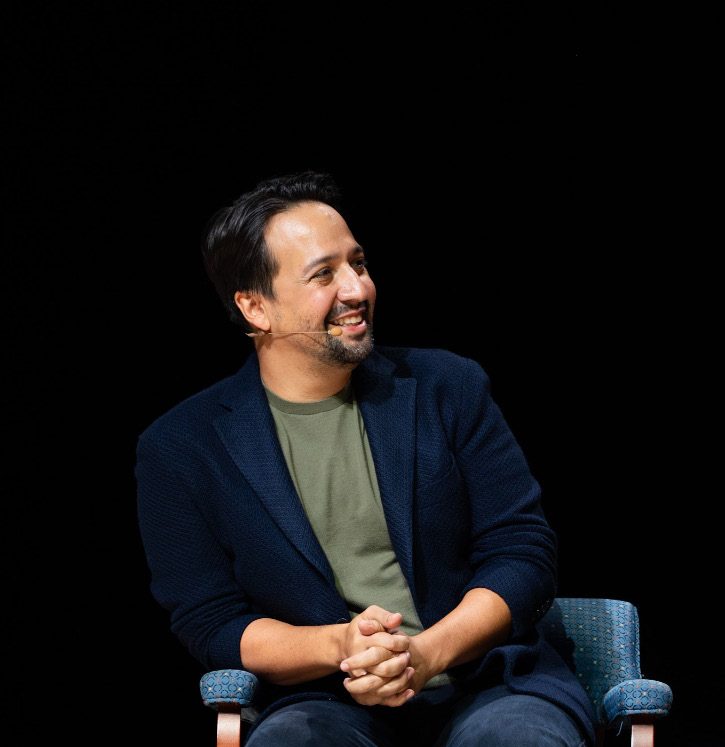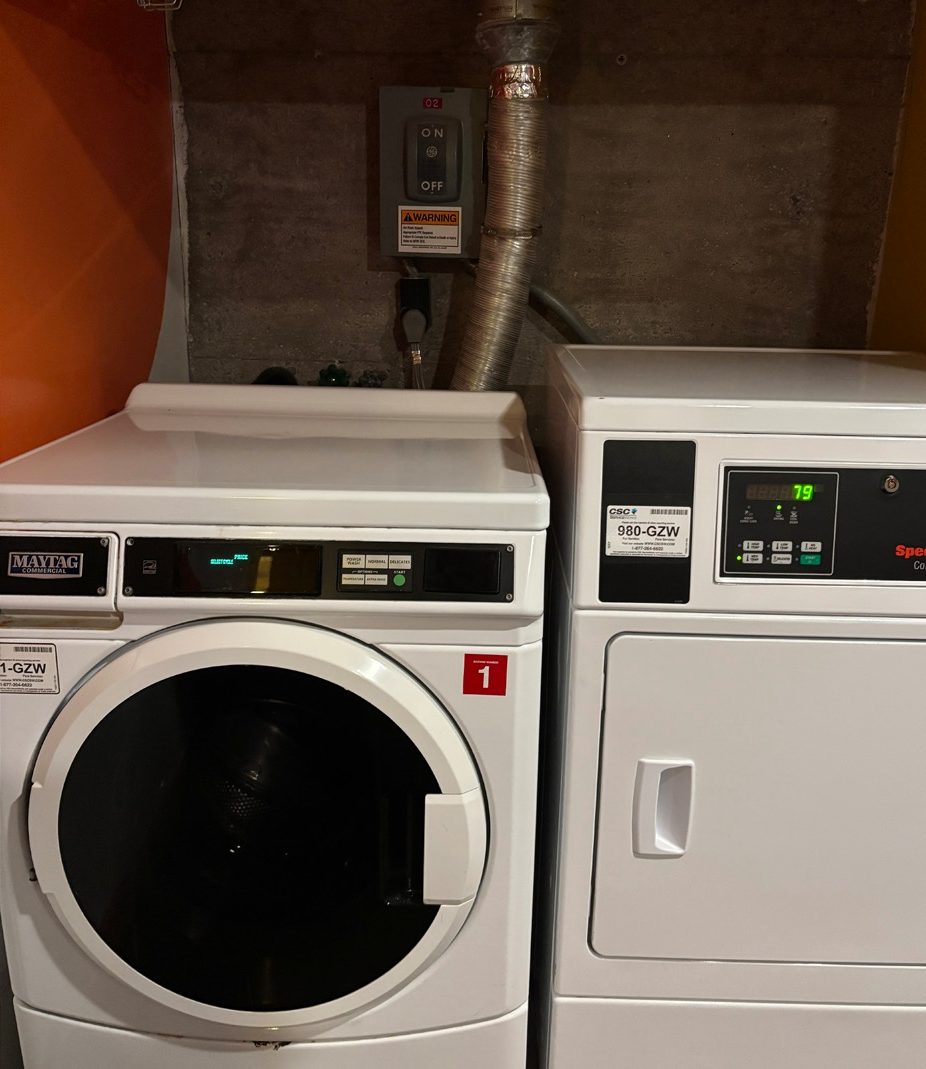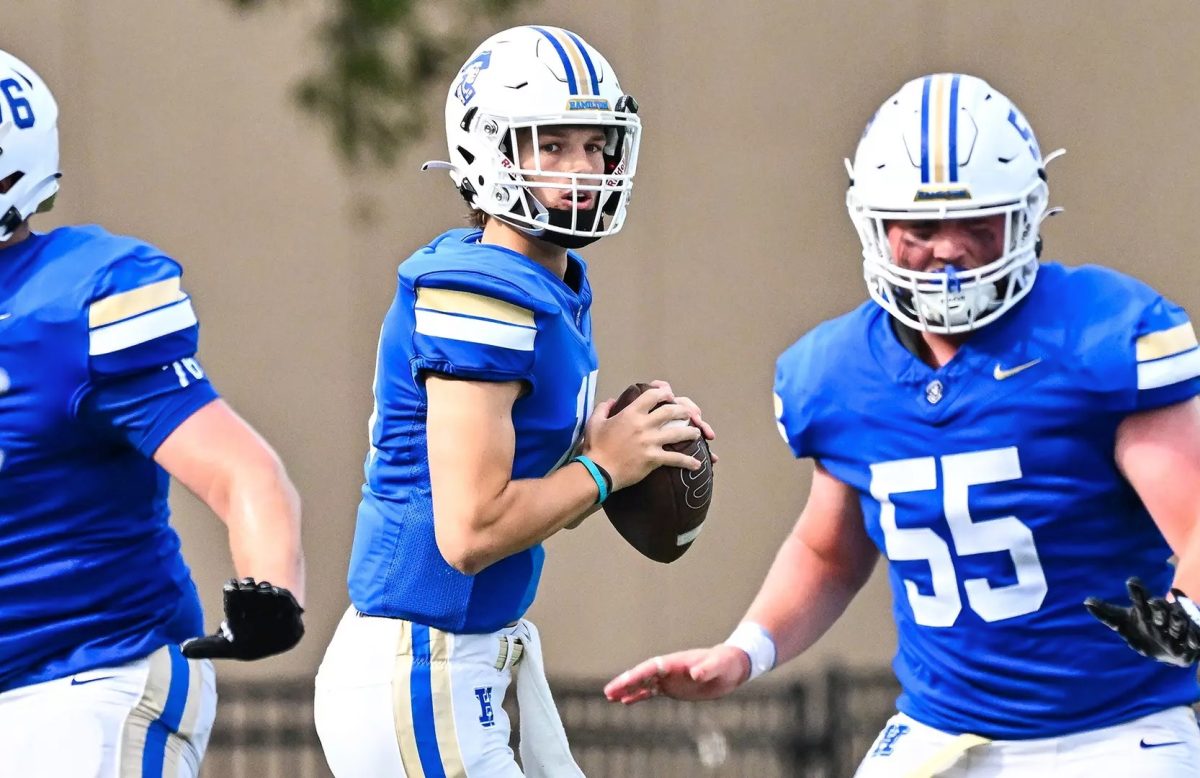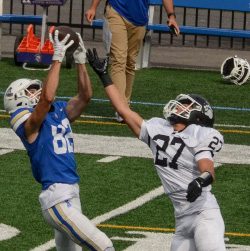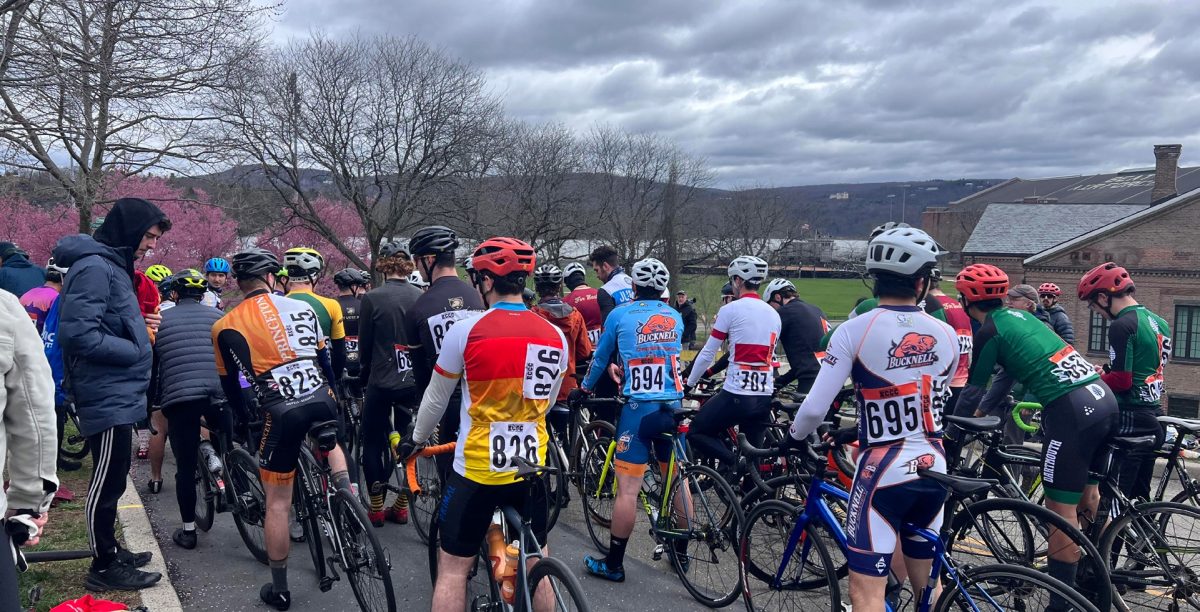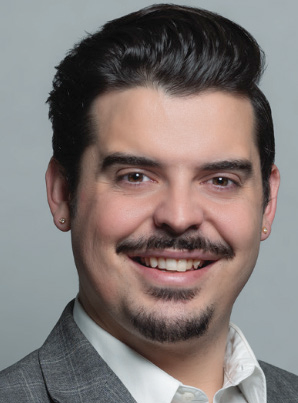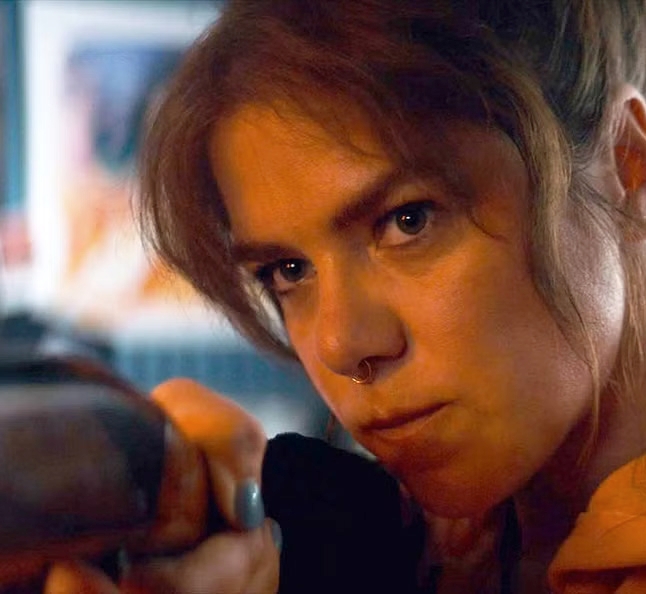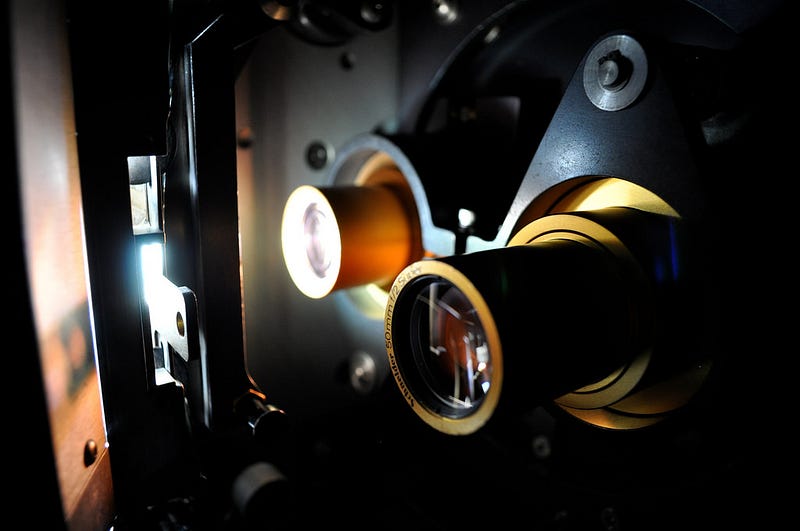
On Saturday, Nov. 11, members of Hamilton’s Film Club attended Glimmerglass Film Days, a three-day film festival in Cooperstown, N.Y. that showcases independent documentaries, features, and short films that explore humanity’s complex relationship with the natural world and the built environment. The entire program was curated by Peggy Parsons, director and founder of the film program at the National Gallery of Art.
The theme of this year’s Film Days was
Passages
. According to Parsons, the theme of was almost a chance occurrence: “During the last year or two, many thoughtful films have emerged about the universal movement of people– through migrations, evacuations, and resettlements in all parts of the world. Some of these passages have been due to violent struggle, others to the aftermath of devastating natural phenomena, or labor migrations to find jobs, but there have also been countless other forces at work as well. All of the artists and filmmakers in Film Days this year have grappled with one or more of these concepts in reflective, innovative, and even experimental ways — imparting, we hope, our own passage to a deeper knowledge and comprehension of the world around us.”
The first two films shown were
Wilderness
and
All This Can Happen
. A short cinematic poem,
Wilderness
is based on the writings of naturalist and environmental philosopher John Muir. Filmmaker Temujin Doran reimagined Muir’s Wilderness Essays in this cinematic love letter to the natural world, filmed in the Scottish Highlands. The film reminds us to remember our long-lasting bond with the wilderness and reap the eternal rewards of communing with it.
All This Can Happen
, on the other hand, is based on Robert Walser’s 1917 novella “The Walk,” which follows the footsteps of the protagonist as he walks through his entire day. The walker’s quirky observations and ordinary events lead him toward some deeper thoughts on the comedies, joys, heartbreaks, and other endless varieties of life. Visually, the film is a flickering collage of intriguing imagery, constructed entirely from archival photographs, snapshots, and found footage from earlier days of cinema. The endless possibilities of movement and simple human interaction appear, evolve, and freeze before our eyes using juxtapositions, different speeds, and split frame techniques to convey a walker’s state of mind as he encounters the world.
The third film,
Visages Villages
(in English,
Faces Places
), was a documentary directed by legendary French filmmaker Agnès Varda in collaboration with JR, the famous Parisian photographer and muralist. The pair visit small towns in France, meeting ordinary people, taking their photograph, blowing the photographs up huge, and pasting them outdoors on buildings, barns, and trains. The staff of a salt-processing facility are photographed waving, then pasted across the once-dreary walls of the plant. Their water tank is transformed with enormous images of fish. In a different place, a farmer stands, arms stretched, plastered across his huge barn. There is a magic in watching people’s reactions to seeing themselves, or in one case, their great-grandparents who eloped, transmuted into a work of art.
The final film shown was
The Other Side of Hope
, a Finnish comedy-drama directed by Aki Kaurismaki. The film follows the two stories of Waldemar, a Finnish restaurant owner, and Khaled, an asylum seeker from Syria. Waldemar’s persona seems tough, but his actions paint him as kind-hearted and caring. Khaled’s heartbreaking backstory as a refugee who has experienced loss and destruction in Syria’s ongoing civil war, and who is now searching for his missing sister while trying to start a new life outside Syria, was executed brilliantly. The unlikely friendship between Waldemar and Khaled develops quickly after their first unexpected and unpleasant meeting, and Waldemar is quick and willing to aid Khaled. The story of Khaled could have been told in the harshest way possibly, but in Kaurismaki’s work, it’s as if the masks of comedy and tragedy don’t — as is usual — face away from each other, but stare each other in the face.






